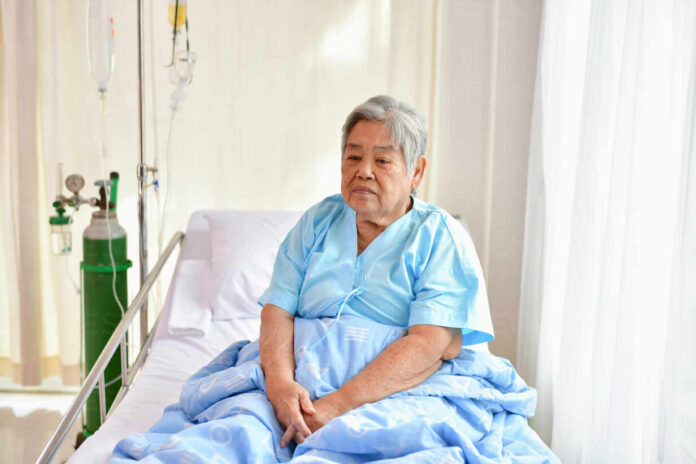
Strokes are a large and common medical emergency that affects a large number of people each year. Approximately 795,000 Americans have a stroke with 25% of strokes being a recurring condition. As this causes major damage, individuals become impaired in a variety of ways that affect their overall quality of life. Recovery is crucial post-stroke and requires a lot of time and effort that may or may not help the patient effectively.
Only a small percentage of stroke patients actually recover to a similar condition pre-stroke with 10% of people recovering almost completely, 25% recovering with minor impairments, 40% living with moderate to severe impairment requiring special care, and 10% requiring long-term care in a nursing home or facility according to the National Stroke Association.
Many of these factors are attributed to factors such as the amount of damage the stroke caused, how soon recovery is started, how much motivation and work is dedicated to recovery, the age of the patient, and other medical problems that may cause impediments to the recovery.
How recovery is approached is the primary factor in increasing the percentage of the recovery. Finding skilled medical experts, obtaining support from friends and family, and engaging in rehabilitation promotes the likelihood of recovery.
Analysis
The Battelle NeuroLife sleeve offers an additional means of rehabilitation and recovery through technology. From our brief introduction meeting, there was a point brought up that the usage of the sleeve at any point in the recovery process can still facilitate a great amount of limb functionality and promote a higher rate of recovery for a patient despite a large amount of time passing and the age of a patient. Thinking about this insight from this article and how the Battelle NeuroLife sleeve factors into the recovery process, garnering insight into how patients approach rehabilitation and recovery is crucial.
I think that if the research were to go into the emotional state of a patient to ascertain their motivations for rehabilitation, support circles, and life quality/impairment post-stroke, it will uncover some neat insight into how the sleeve can be integrated in order to do the most good as per Battelle’s goal.



